So at some point, pretty much this conversation had to have happened:
“Y’know what’s a popular video game? Resident Evil.”
“Yeah. We should make that into a movie.”
“Y’know what would be awesome? If the movie had Milla Jovovich killing zombies.”
“YES.”
When it came time for the sequel, this happened:
“So… Milla Jovovich. Fighting zombies…”
“Yeah. But we did that before.”
“Okay, but what if this time… SHE HAS SUPER POWERS.”
“YES.”
Then it was time to make another sequel:
“Super-powered Milla Jovovich fighting zombies…”
“Yeah, the well might really be running dry on that one.”
“Okay, but now she has like, god-like telekinetic powers.”
“YES.”
So the last movie ended with the promise of an army of Alice clones rocking the Phoenix force, which is pretty awesome in theory, but that premise would wear pretty thin over the course of a feature film. To the credit of Resident Evil: Afterlife, it does follow through on this scenario at the beginning of the movie, but after taking out a legion of Umbrella Corporation cannon fodder, the clones are wiped out and the original Alice loses her powers.
Unlike most movies that deal with a super hero losing their powers (I’m looking at you Superman 2 and Spider-Man 2), Resident Evil: Afterlife doesn’t waste time lingering on this plot point. Of course, unlike the movies referred to above, Alice isn’t trying to lead a normal life in a normal world, nor does she need super powers to wipe out zombies en masse.
For a series that hasn’t overburdened itself with continuity in the past, I was surprised by how much this movie served as a direct sequel to the previous installment. Alice (along with Ali Larter as Claire from the last one) are still searching for Arcadia – the last refuge from the T virus.
Alice picks up Claire in Alaska in what is apparently the most fuel-efficient prop plane in history and the two of them work their way down the west coast until they find a group of survivors holed up in an abandoned prison in Los Angeles. The survivors are a stock company of ethnically diverse post-apocalyptic survivors – a smarmy Hollywood producer, his Asian toady, a black basketball star, a Latino guy who isn’t really given anything to do, and a cute British chick who came to Hollywood with stars in her eyes.
What follows is fairly rote – a few jump scares as the living dead begin to penetrate the seemingly impenetrable fortress, followed by full-scale human-on-zombie warfare. To the movie’s credit, little time is wasted on exposition – the characters are sketched out enough that we get a general idea of who they are, and there’s no explanation of the continued evolution of the zombies. In this installment, they basically sprout Alien-style face-huggers out of their faces. Why? The movie never bothers to explain it. Does it matter? Nah.
The film’s chief virtues are Milla Jovovich’s performance as Alice – she’s not an incredibly gifted actress, but she does bring a certain gravity and haunted vulnerability to the role – and the movie’s utter lack of pretension. When the world’s overrun by the living dead, you already know pretty much everything you need to know – there’s no reason to try and add any social commentary at this point. Also, unlike a lot of other movies of this stripe, there’s no awkwardly-shoehorned attempts at humor – it’s all about killing the zombies before they kill you.
I saw the movie in IMAX 3-D, and since the movie was shot in 3-D (rather than converted to 3-D in post), it’s an incredibly good-looking movie. Sure, there’s lots of scenes with bullets, blood, fists, and feet flying in 3-D, but there are some great deep-focus shots in quieter moments that really take advantage of the medium. Like Piranha 3D, Resident Evil: Afterlife uses 3-D for a claustrophobic underwater sequence that really gets the most out of the technique.
The last act of the movie attempts to impose some sort of plot on the proceedings – as Alice has to face off with a big bad from the Umbrella Corporation who apparently served as Hugo Weaving’s understudy on the Matrix movies. There’s some nonsense about Alice’s super-awesome DNA and how he has to consume her to gain her ability to bond with the T Virus and whatever, but that’s just a limp backdrop for some incredible visuals and a bunch of action and special effects sequences cribbed, again, from the Matrix franchise.
Look, the Resident Evil movies are exactly the kind of thing I’m supposed to hate – thinly plotted, clumsily scripted, and ultimately brainless, but they manage to hit that sweet spot that keeps me entertained without caring too much about any of that. Paul W.S. Anderson is a workmanlike director who crafts easily digestible action spectacle without trying to overreach. Judging the film on that pedigree, it’s a success, but more discerning viewers might find it wanting.


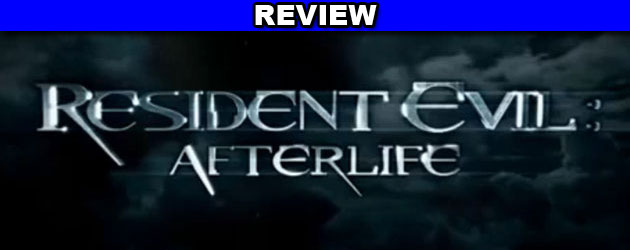





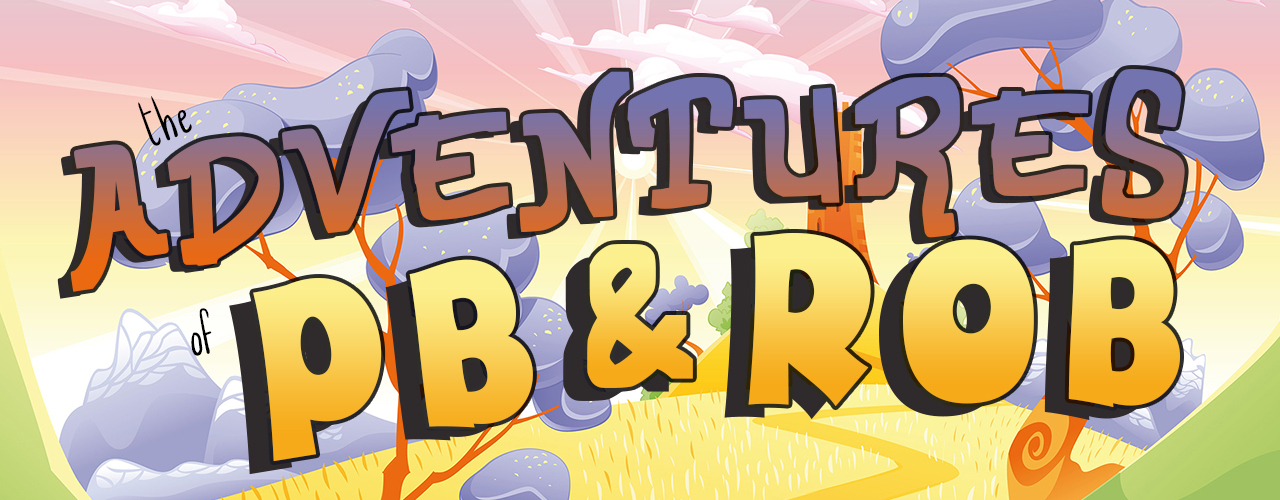
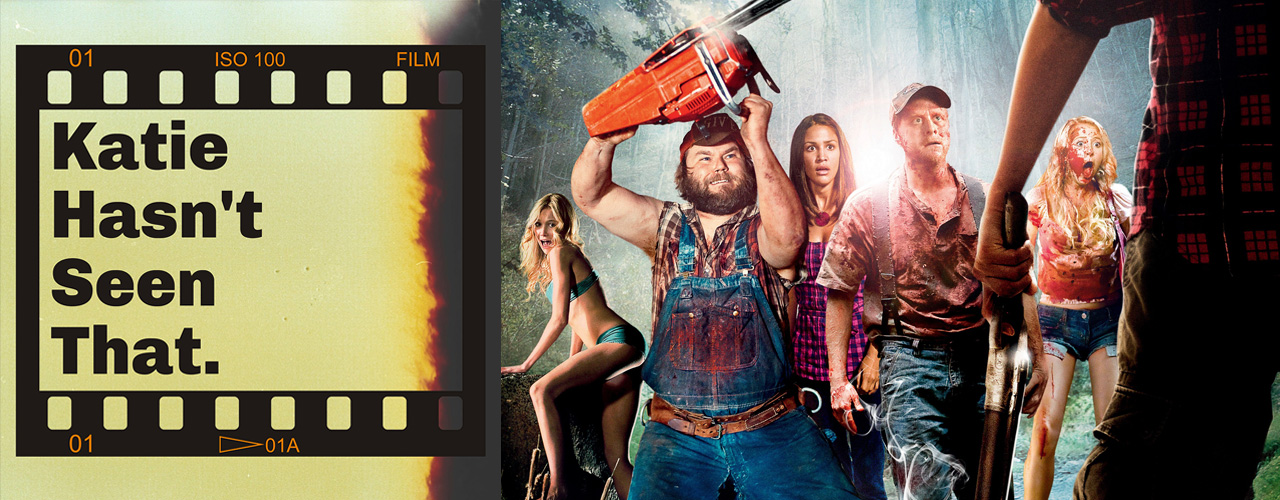
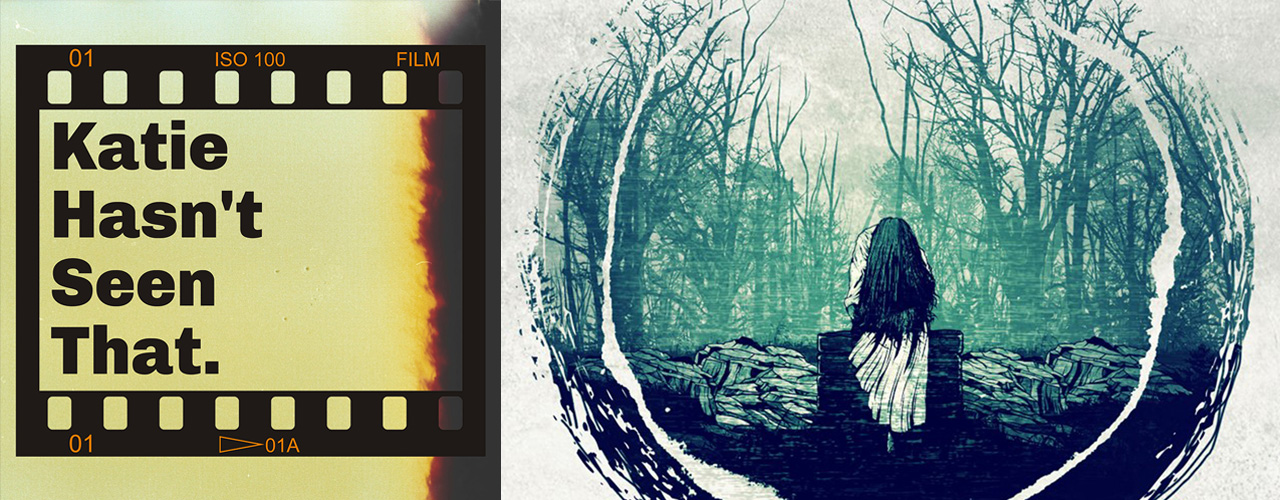
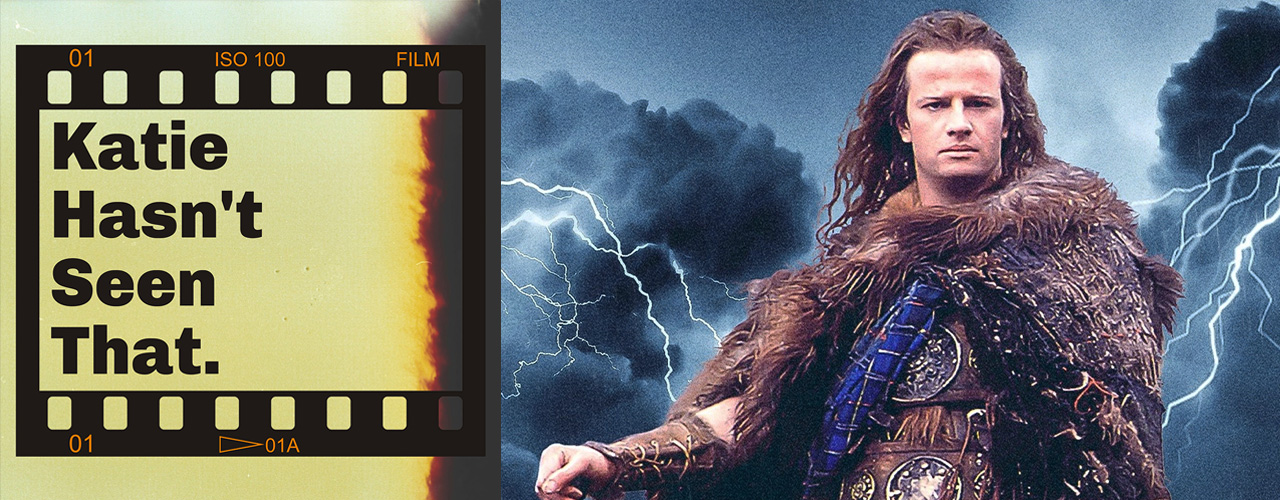



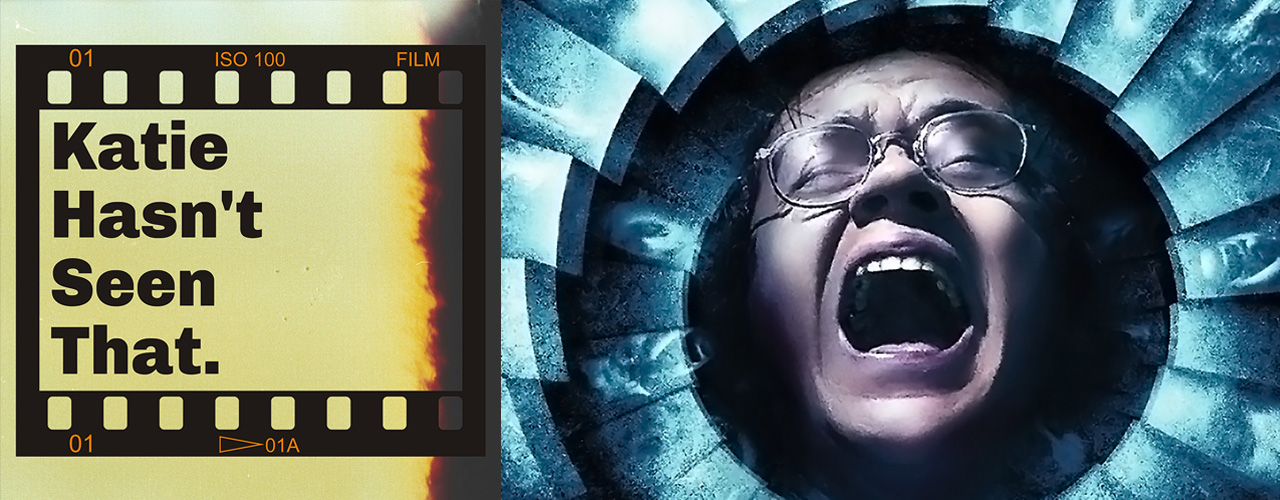
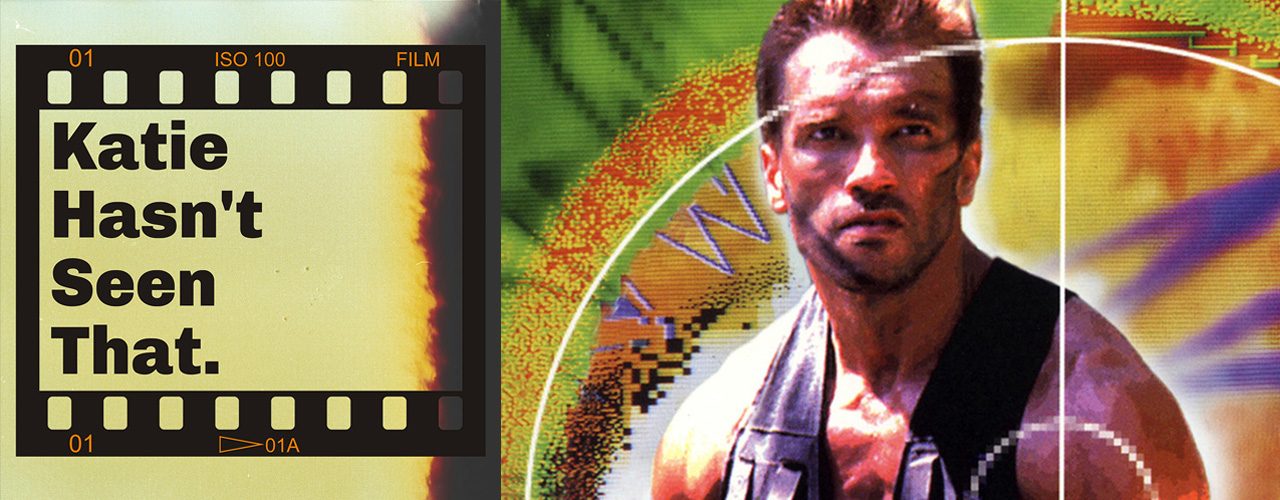



Add comment